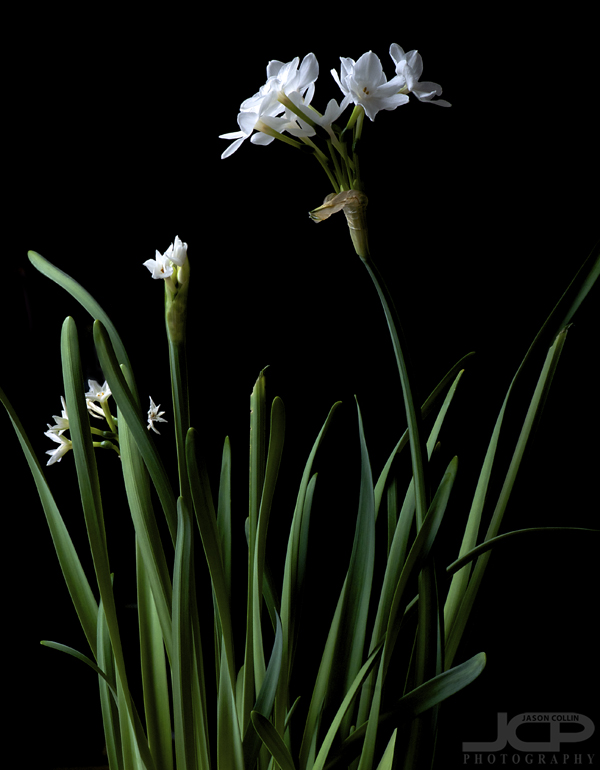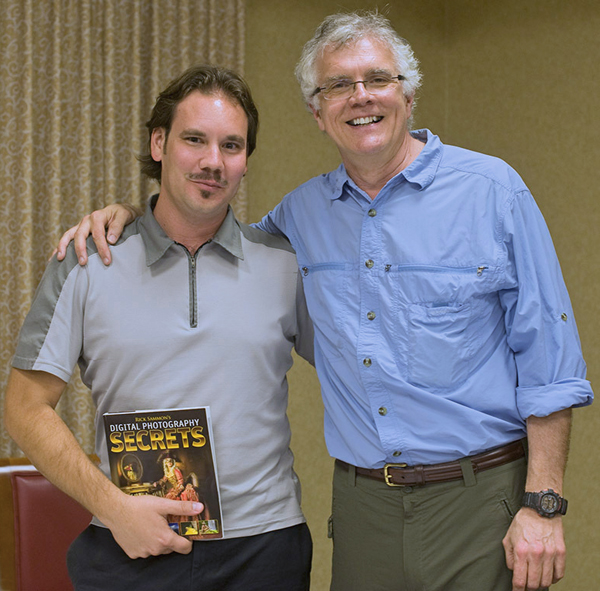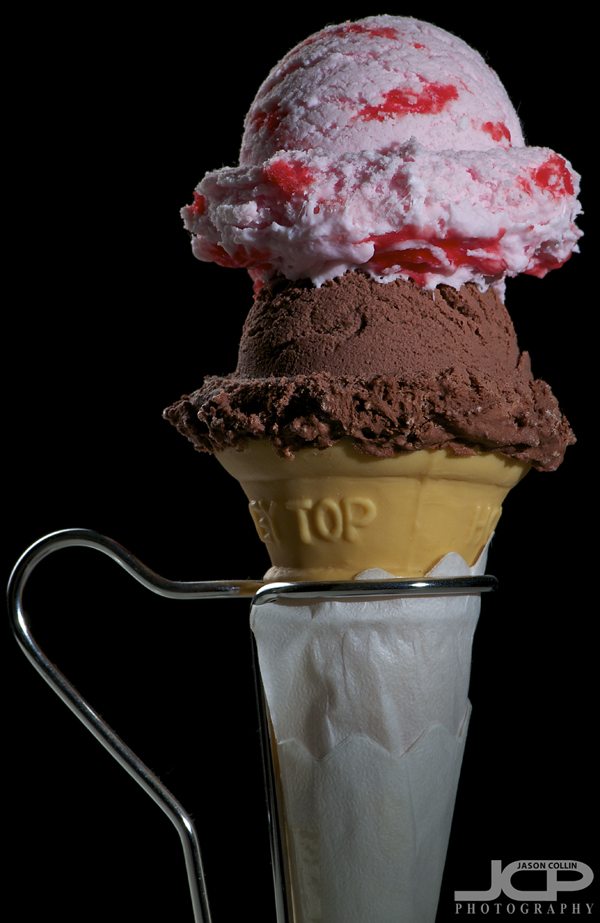 Would you eat this ice cream? Nikon D300 with Nikkor AF-S 105mm VR micro f/2.8G lens @ f/16 ISO 200 1/250th Strobist: Nikon SB-800 Speedlight in 42" brolly @ 1/4 power behind to left & Nikon SB-600 Speedlight @ 1/8th power in Honl snoot to frame right triggered using Yongnuo remotesThis ice cream sundae is one of my favorite possessions. It looks good enough to eat right? However, it is made by a famous company in Japan that produces realistic food models for display in front of restaurants. It is common, almost required, for a restaurant to put many of its dishes on display in front of the restaurant to entice passersby to come eat there. I had been waiting for an opportunity to photograph it, so I finally decided to use it as a subject for a demonstration on what each light does in a two-light strobist setup. The above shot is the completely lit final image. I got the idea to show how adding lights changes a shot from this video of a photographer setting up $60,000 worth of lights to get a shot of a Lamborghini Aventador. I cannot recommend watching the video enough as it is outstanding. This post does not compare at all to that video, but it is something you can practice in your living room assuming you do not have access to $60k of lights and/or a Lamborghini.
Would you eat this ice cream? Nikon D300 with Nikkor AF-S 105mm VR micro f/2.8G lens @ f/16 ISO 200 1/250th Strobist: Nikon SB-800 Speedlight in 42" brolly @ 1/4 power behind to left & Nikon SB-600 Speedlight @ 1/8th power in Honl snoot to frame right triggered using Yongnuo remotesThis ice cream sundae is one of my favorite possessions. It looks good enough to eat right? However, it is made by a famous company in Japan that produces realistic food models for display in front of restaurants. It is common, almost required, for a restaurant to put many of its dishes on display in front of the restaurant to entice passersby to come eat there. I had been waiting for an opportunity to photograph it, so I finally decided to use it as a subject for a demonstration on what each light does in a two-light strobist setup. The above shot is the completely lit final image. I got the idea to show how adding lights changes a shot from this video of a photographer setting up $60,000 worth of lights to get a shot of a Lamborghini Aventador. I cannot recommend watching the video enough as it is outstanding. This post does not compare at all to that video, but it is something you can practice in your living room assuming you do not have access to $60k of lights and/or a Lamborghini.
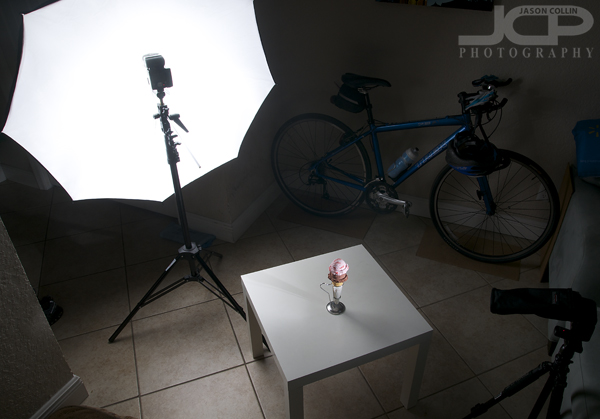
This is the off-camera-flash setup I used right in my (cramped) living room space. My trusty new 42" brolly is on the left with a Nikon SB-800 Speedlight shootoing into it. In the lower right corner you can see a Nikon SB-600 Speedlight with a Honl snoot attached. The SB-800 was @ 1/4 power and the SB-600 @ 1/8th power. I set my shutter speed to 1/250th (the fastest I can sync with the Yongnuo radio triggers) in order to produce a black background (read more about how to make a black background). I had to carefully position the lights so neither bounced light off the wall behind the ice cream, which from where I shot was the wall space next to the rear wheel of the bicycle. In a studio or larger space this shot would be much easier to setup.
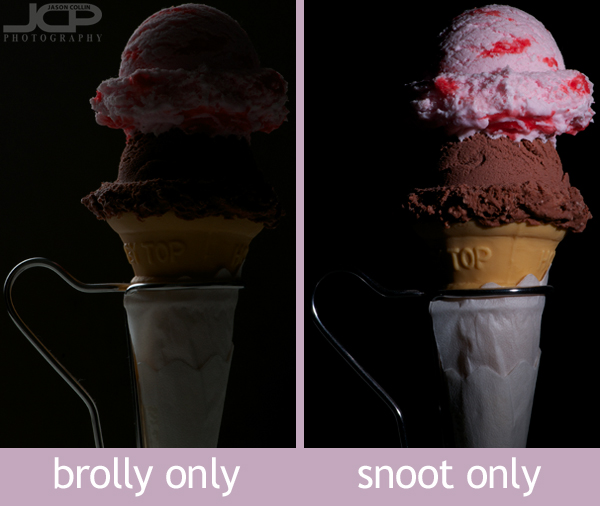
From the angle I was shooting at you can see that the brolly though the largest light source does not add much light to the subject. If I had just used the snoot, the handle and back part of the ice cream would remain too dark. The top image in this post shows what both lights combined can produce.
Try making a shot like this at home with using multiple light sources and see the effect adding, moving or removing a light source has on how your subject looks. Be sure and post a link to your results in the commments below.






